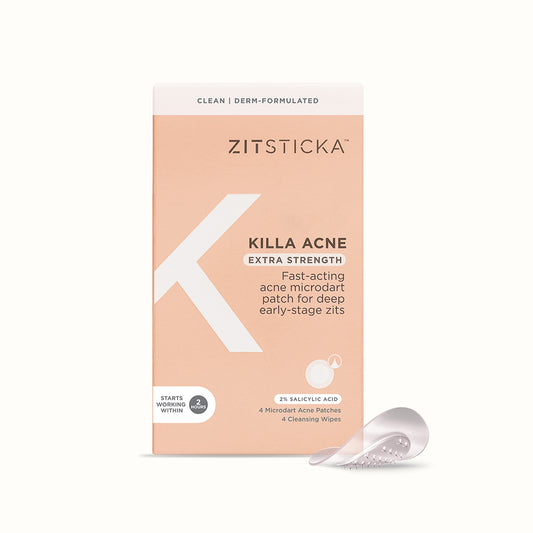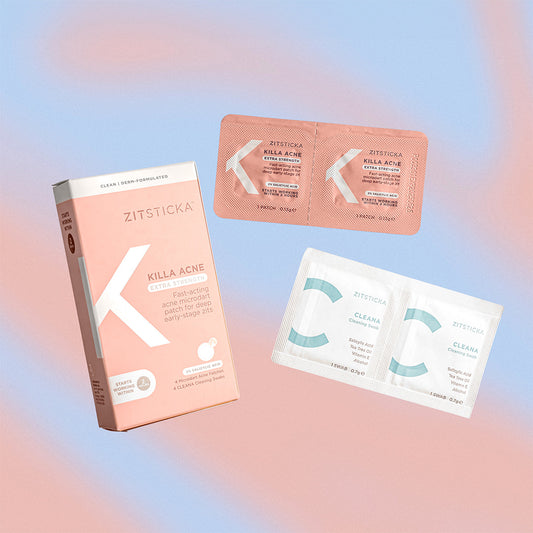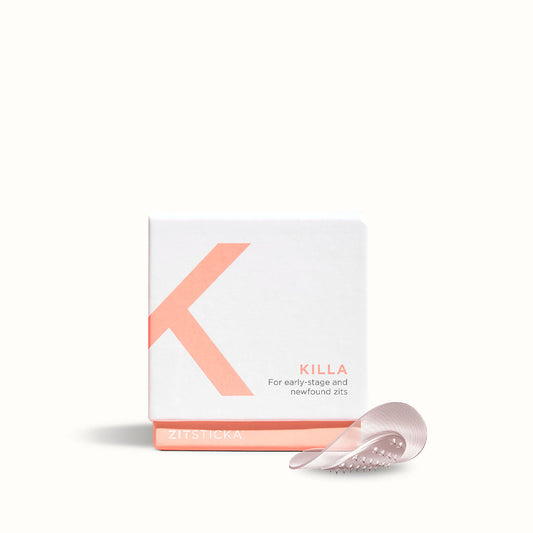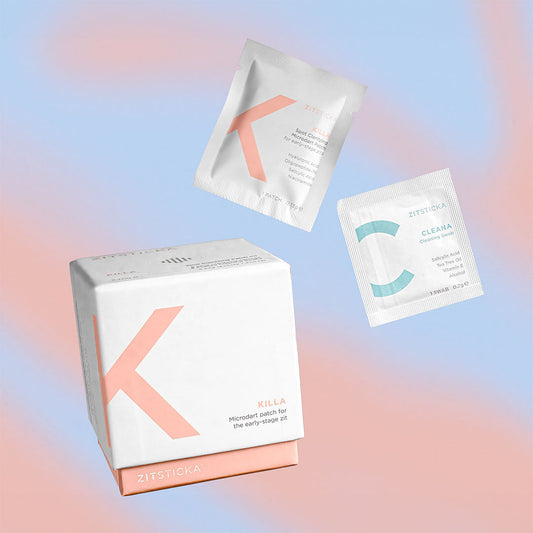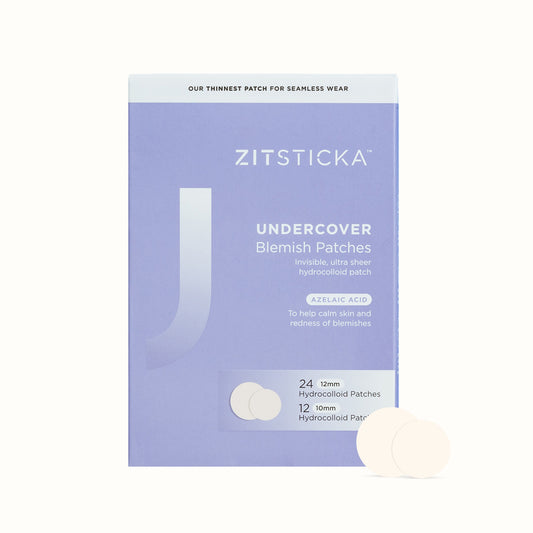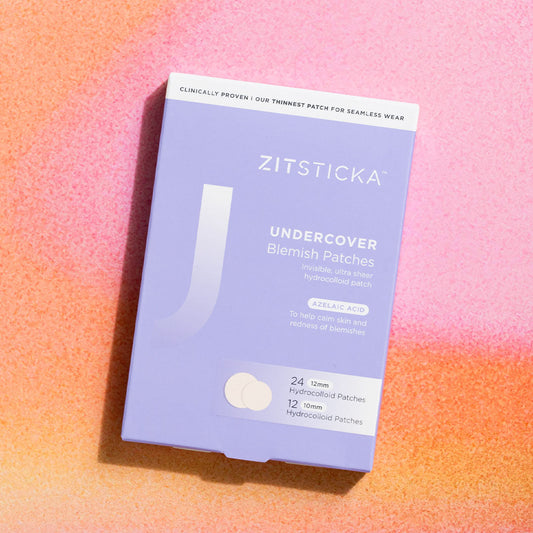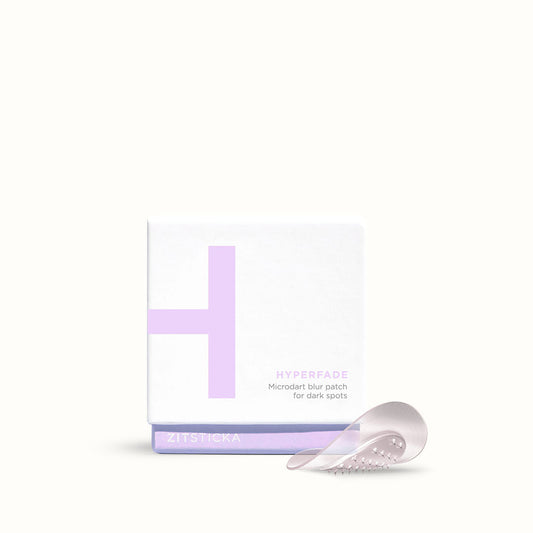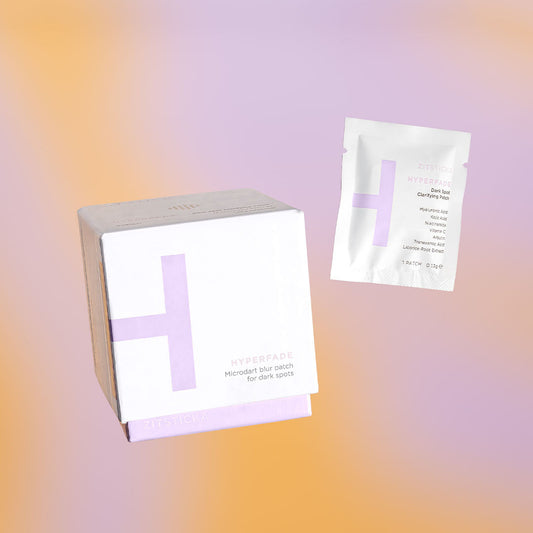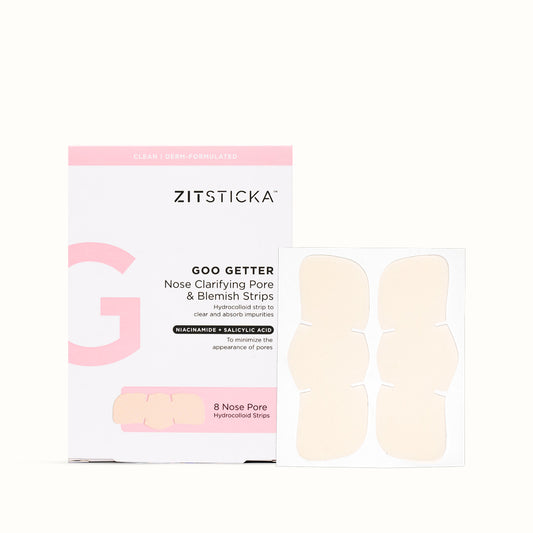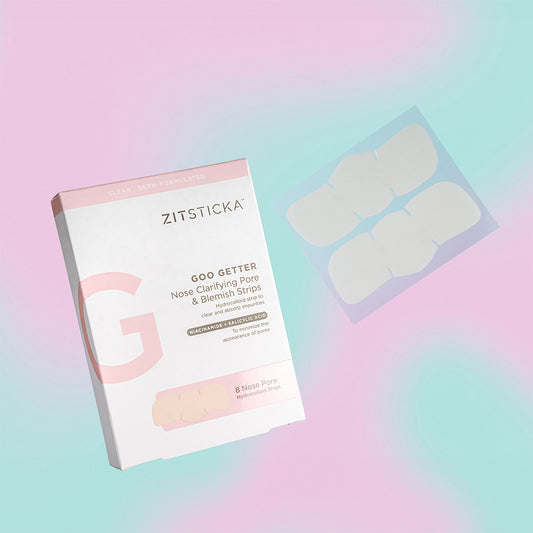Not all sheet masks are created equally. While your everyday sheet mask can be cute and feel hydrating, it may not be getting the job done to the degree you deserve! What you deserve is to throw on a mask, grab a glass of wine, slip into a bubble bath, feel confident that your mask is going OFF on your face… and fighting actual breakouts in the process. Which happens to be precisely what our soothing zit-proof mask, PRESS REFRESH does.
That brings us to our next venture: graphene and hydrogel. What are they? Do we like them? Are they helpful for breakout-prone skin? Will they make an embarrassment out of standard sheet masks? Those are the questions. Read on for the answers.
The Deep Dive on Graphene Technology
Let’s travel back to high school science class for a moment, shall we? Graphene is a type of carbon composed of unique electrical properties and a singular layer of carbon atoms that form into a sort of hexagonal shape (think honeycomb). While graphene is essentially the building block of graphite, it has many other standout qualities that make it a certifiable legend.
When saturating a sheet mask with graphene powder, its millions of tiny carbon molecules are the perfect size to penetrate the skin and deliver all of the skin-improving ingredients deeply into your skin layers. We doubtlessly love a self-care moment with a sheet mask, luxuriating in the bathtub, soaking up some epsom salts and bubbles, having a glass of vino and unwinding… but what’s the point of the face mask in this equation if those ingredient molecules are too large to actually penetrate the skin and do their one job; are we right?
In addition to the size of the tiny carbon molecules, graphene carbon powder actually emits the same infrared rays as your body does. This means the electro-pulses are in sync, increasing the skin’s conductivity and cell metabolism, priming its layers for deep and thorough absorption of the mask’s ingredients. Increasing the skin’s conductivity and cell metabolism also enhances some of the skin’s main functions, such as collagen production, cellular rejuvenation and damage control for future skin issues.
Hydrogel and Chill
Hydrogel face mask? Never heard of her? We can fix that. Hydrogels are a type of water-swollen polymeric material. Due to its composition, the mask is able to retain high quantities of water and other essences and serums. Thanks to its high liquid retention and soft, jelly-like texture, hydrogel masks are utterly cooling, hydrating and refreshing for the skin. Now, you might be thinking that hydrogel masks are inconceivably slippery. This isn’t false. However, if the hydrogel mask is infused with a mesh-net layer in the middle of the hydrogel material, that bad boy should stay on your face and not move a muscle.
Q: Will the moisture make me even more oily + cause more breakouts?
A: Nope!
We understand why this is a common question. You’re probably thinking that since your skin already seems to have an abundance of natural moisture, why would ever want to cake on more face cream? Well, while you never want to over-hydrate any skin type, you definitely don’t want to over-hydrate oily skin. However, you still very much need to hydrate your skin if you are oily/blemish prone. Why, though? Well, because you’re most likely using some type of blemish-fighting ingredient such as salicylic acid, a retinoid, benzoyl peroxide, glycolic acid, lactic acid, yada yada yada. Studies have shown that when you moisturize the skin in conjunction with these common types of blemish treatments, you are far more likely to improve breakouts.
Pro tip! When using a hydrogel mask: Put that baby in the refrigerator at least an hour prior to application to enjoy ultimate cooling effects.
Speaking of blemish-prone skin, we could all prob use a little skin positivity right now, rite? Click here for some major skin-positive energy.
And in the case of any pesky stress pimps, well, KILLA has your back.


